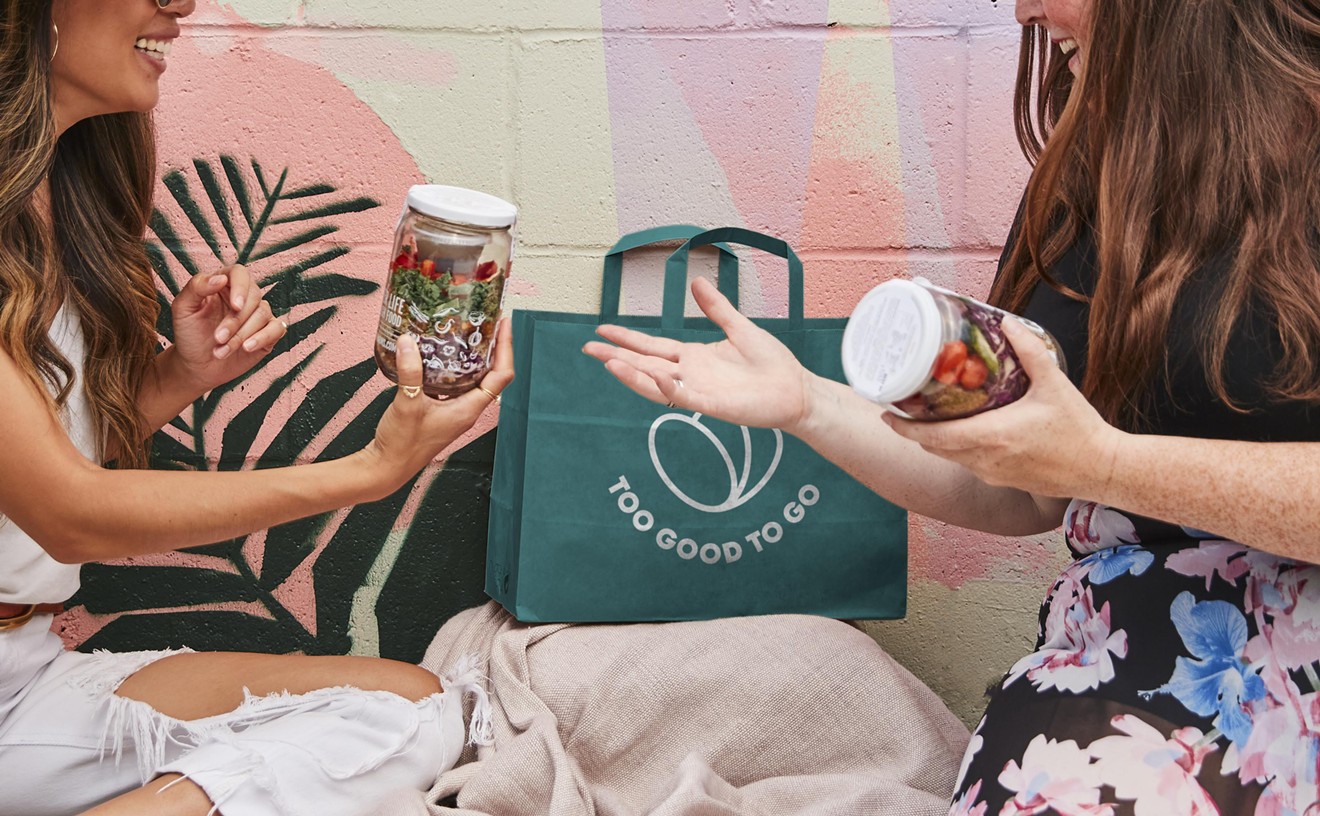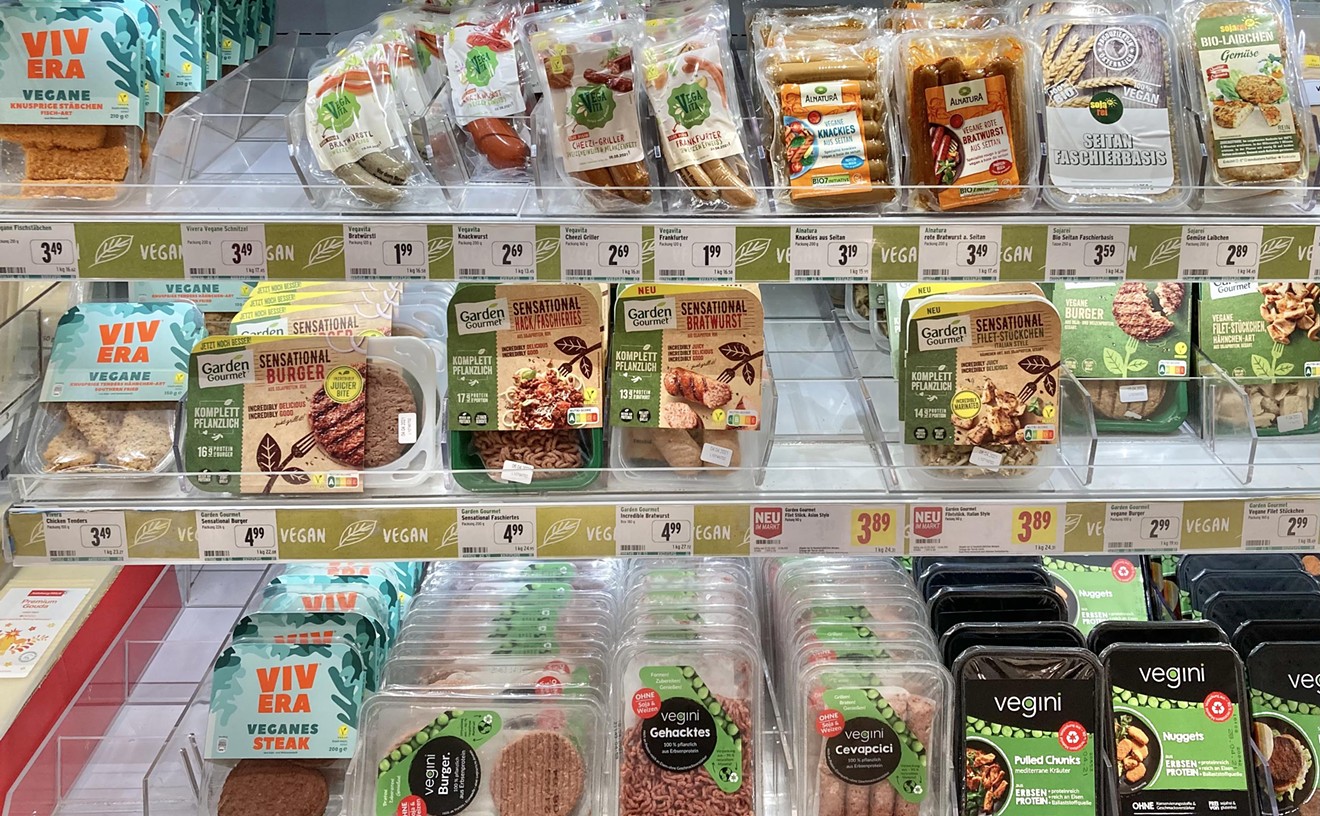It’s fitting that Cindy Gentry’s first foray into bringing healthy food to the masses started with a trip to fulfill her civic duty. “It was jury duty’s fault,” she says.
Venturing to the downtown Phoenix courts from her suburban North Phoenix home, Gentry saw opportunity in the shuttered old buildings populating the neighborhood. She wanted to open a community market. And eventually, she did just that — and much more.
Many in the local food scene know Gentry best as the brains behind the original Phoenix Public Market. After 11-plus years working at the Arizona Association of Food Banks, the Chicago-area native wanted to connect small, local growers and producers directly with people who could benefit from fresh, healthy food. “I wanted to make it a hub for the food banks, for the schools, for all sorts of distribution for the producers and to get people coming together,” she says.
So Gentry enlisted the assistance of community organizations including the Downtown Phoenix Partnership, the city of Phoenix’s Downtown Development Office and Arizona State University to first develop a feasibility study for the market and then secure grant funding to build the place. Just shy of three years later, the Phoenix Public Market opened in what had been an empty parking lot across from the Westward Ho in February 2005. Gentry was the market director.
“It rained the first two Saturdays, we had 15 vendors, we all just huddled together,” Gentry remembers fondly of those humble beginnings. But people showed up. “People who normally wouldn’t hang out together — because, you know, it’s not about the market really, it’s a social experiment,” she says. “It brings people together.”
In 2012, she parted ways with the market’s board of directors. She had envisioned the Southwest equivalent of Pike Place in Seattle, which includes a food bank and senior center that help feed low-income people who live near the market, a commercial kitchen for vendors, and food education programs for local schools. Instead, the market store wasn’t making enough revenue; a high-end restaurant took its place.
Now 64, Gentry says the Public Market is still her crowning achievement. But she’s branched out in recent years, fostering what she calls “community food security” to neighborhoods where healthy food is often hard to come by.
As food systems coordinator for the Maricopa County Department of Public Health, Gentry works to increase reimbursement of government food assistance dollars at farmers’ markets across Maricopa County—programs like the Supplemental Nutrition Program, or SNAP, give participants money and vouchers to spend on fresh fruit and veggies. “Our redemption rate for SNAP has climbed every year,” she says, but it could always be better. Her pie-in-the-sky goal? “Expanding by mega degrees the amount of people redeeming their food benefits,” she says, so that the farmers sell out of their entire supply.
The greatest barrier to more people getting fresh, healthy food isn’t a lack of food, she says. “It’s access.”
So she works to establish more fresh food options in so-called food deserts, defined by the U.S. Department of Agriculture as places vapid of fresh produce and food due to a lack of grocery stores and farmers markets. There’s also the problem of public perception in these areas.
“We’re still kind of facing this [idea], ‘Markets are for a certain niche groups, I don’t know what to do with the produce, nobody who’s there looks like me,’” she says. “I think that somehow we have to get the [healthy] food to where people get their food.”
One initiative is to restock convenience stores in these areas with better food “so the first thing you see in the door isn’t Hot Cheetos, but beautiful, affordable produce,” she says. Another is to build school and community gardens, and, of course, set up and strengthen farmers’ markets in low-income neighborhoods.
Surveying the humble turnout at one such market near 35th and Dunlap avenues on a recent Sunday morning, Gentry helps bag big bunches of gnarled carrots and bright green heads of lettuce.
“It seems very unwelcoming,” she points out of the Valley’s hot, arid climate. “But we actually have three growing seasons here.” Root around any farmers market these days and you’ll find “an abundance of greens,” “beautiful green garlic,” incredible citrus and “stunning squash.” It’s a fitting metaphor for Phoenix — behind its beige strip malls and unending asphalt is a diverse community.
“I think food is a glue,” she says. “And sharing it in a common space helps us understand each other better,” she says. “Everybody’s welcoming” here, she says, sampling a locally grown radish pod — spicy and sweet. “I love that stuff.”
[
{
"name": "Air - MediumRectangle - Inline Content - Mobile Display Size",
"component": "18478561",
"insertPoint": "2",
"requiredCountToDisplay": "2"
},{
"name": "Editor Picks",
"component": "16759093",
"insertPoint": "4",
"requiredCountToDisplay": "1"
},{
"name": "Inline Links",
"component": "17980324",
"insertPoint": "8th",
"startingPoint": 8,
"requiredCountToDisplay": "7",
"maxInsertions": 25
},{
"name": "Air - MediumRectangle - Combo - Inline Content",
"component": "16759092",
"insertPoint": "8th",
"startingPoint": 8,
"requiredCountToDisplay": "7",
"maxInsertions": 25
},{
"name": "Inline Links",
"component": "17980324",
"insertPoint": "8th",
"startingPoint": 12,
"requiredCountToDisplay": "11",
"maxInsertions": 24
},{
"name": "Air - Leaderboard Tower - Combo - Inline Content",
"component": "16759094",
"insertPoint": "8th",
"startingPoint": 12,
"requiredCountToDisplay": "11",
"maxInsertions": 24
}
]










